Training muscle groups correctly means knowing which ones to combine to effectively train muscle groups. This article reveals the best combinations to maximize your workout efficiency and muscle growth.
Key Takeaways
-
Understanding muscle groups allows for tailored workouts, maximizing development and minimizing injury risks.
-
Combining muscle groups, like chest with shoulders and triceps, enhances workout efficiency and promotes balanced development.
-
A well-structured weekly workout plan should target all major muscle groups at least twice, utilizing compound movements for optimal strength and recovery.
Understanding Muscle Groups

Understanding different muscle groups is crucial for effective strength training and overall fitness. Each muscle group has a unique function and contributes differently to your body’s movements and stability. Understanding these groups helps tailor workouts for maximum development, resulting in better outcomes and fewer injuries.
Categorizing muscle groups helps organize and prioritize training, allowing you to make informed decisions about which muscle groups to work out together. This methodical approach ensures that you target each muscle effectively, preventing overtraining and promoting balanced development. Effective workouts are about smart training, not just harder training.
Main Muscle Groups to Focus On

In strength training, the six main muscle groups typically focused on are:
-
Chest
-
Back
-
Shoulders
-
Arms
-
Legs
-
Core
These groups encompass the major muscles that drive most of your movements and lifts. Understanding and targeting all these muscle groups to work major muscle groups is essential for balanced muscle growth and overall fitness.
Developing these muscle groups strengthens all other muscles and improves overall fitness. A strong core supports the back and enhances stability, while well-developed leg muscles boost power and agility. Focusing on these major muscle groups ensures that your workout routine is comprehensive and effective.
Effective Muscle Group Combinations
Combining specific muscle groups can enhance workout efficiency and effectiveness. Knowing which muscle groups to train together helps you reach your fitness goals faster, whether it’s building muscle, gaining strength, or losing fat. Organizing your workouts based on muscle group combinations also optimizes recovery, allowing you to train more frequently without overtraining.
Some common and effective combinations include chest, shoulders, and triceps; back and biceps; and legs. These combinations are designed to work synergistically, maximizing the benefits of each exercise and ensuring comprehensive muscle development.
Chest, Shoulders, and Triceps
Training chest, shoulders, and triceps together is beneficial because they function collectively during pushing exercises. For example, push-ups and bench presses effectively engage the chest, shoulders, and triceps simultaneously, making them highly efficient compound movements. In these exercises, the shoulders stabilize the arms, the chest powers the arms forward, and the triceps extend the elbows.
The pectoralis major is the largest and strongest chest muscle, crucial for push movements. By targeting these three muscle groups together, you can ensure balanced development and improved upper body strength, including the upper body muscles and pectoral muscles.
Back and Biceps
Back and biceps are characterized as ‘pull’ muscles, which work together during pulling movements. Exercises like pull-ups and bent-over rows target both back and bicep muscles effectively, making them foundational in strength training. Synergistic training of back and biceps enhances overall pulling strength and improves posture.
Training these muscle groups together can help build muscle and enhance functional movements essential for daily activities and other exercises, targeting the same muscles effectively.
Legs
Leg workouts should comprehensively include quadriceps, hamstrings, glutes, and calves for balanced strength. A good leg workout includes exercises to train all areas of the leg, ensuring that no muscle is left behind. Training quadriceps, hamstrings, and glutes as a unit maximizes leg power and stability.
A variety of exercises enhances overall muscle development and prevents imbalances. This holistic approach to leg training ensures that your lower body muscles are strong, stable, and well-balanced.
Best Exercises for Each Muscle Group

Bench presses, pull-ups, squats, and planks are among the best exercises for training each muscle group. These exercises are not only effective but also versatile, allowing you to target multiple muscles in one move. For instance, a bench press works the chest, shoulders, and triceps, while a squat targets the legs and core.
Incorporating these exercises into your workout routine enhances strength, muscle growth, and functional fitness. They are the foundation of a well-rounded strength training program.
Chest Exercises
Bench presses and push-ups are among the best exercises for developing a well-defined chest. These exercises also engage the shoulders and triceps, making them effective compound movements. Developing a strong chest is essential for overall upper body strength and aesthetics, and incorporating a push up can enhance your routine.
These exercises boost strength, muscle growth, and functional fitness when included in a workout routine.
Back Exercises
Lat pull-downs effectively target the latissimus dorsi, contributing to a wider back appearance. Barbell rows are beneficial for strengthening the upper back and improving posture. Back exercises are essential for developing a strong and wide back, which contributes to overall upper body strength.
Incorporating lat pull-downs and barbell rows in a workout routine is vital for achieving a strong and visually appealing back.
Shoulder Exercises
Shoulder workouts typically focus on overhead presses and lateral raises to build strength. Overhead presses engage multiple shoulder muscles, fostering comprehensive upper body strength. Lateral raises specifically target the deltoids, enhancing shoulder width and definition.
These exercises are crucial for developing strong, well-defined shoulder muscles.
Arm Exercises
Bicep curls primarily strengthen the bicep brachii, promoting arm size and strength. Tricep extensions effectively isolate the tricep muscles, crucial for balanced arm development. These exercises ensure that your arms are strong and well-balanced, contributing to overall upper body strength and aesthetics.
Adding these exercises to your routine helps achieve strong, well-defined arms.
Leg Exercises
Front squats and back squats are common types of squats used to target leg muscles effectively. Leg exercises are essential for building strength, stability, and overall lower body fitness. Lunges are a functional exercise that engages multiple muscles in the legs, enhancing balance and coordination.
Deadlifts are a compound movement that not only strengthens the legs but also engages the core and back for overall muscle development. These exercises ensure comprehensive lower body strength and stability.
Core Exercises
Core strength encompasses the muscles around the back, hips, pelvis, in addition to abs. Improving core strength can enhance balance and posture. It also contributes positively to athletic performance. Planks are pivotal for enhancing core stability and strength.
Hanging knee raises effectively target the lower abdominal muscles, aiding in overall core strength. These exercises are essential for a strong, stable core.
Sample Weekly Workout Plan
A good weekly workout plan targets all major muscle groups at least twice a week for balanced growth. A full body workout split allows for effective recovery time, often taking about 48 hours for muscles to recuperate after resistance training. Focus on compound movements like deadlifts, rows, and squats to effectively train multiple muscle groups.
This approach ensures that your muscles have adequate time to recover while still receiving enough stimulus for growth and strength development.
Benefits of Training Muscle Groups Together

Targeting multiple muscle groups in a single workout can enhance overall workout efficiency. Blending muscle groups in workouts boosts overall strength and efficiency. Compound exercises that target multiple muscle groups maximize workout time.
Training multiple muscle groups together can lead to better calorie burn due to higher muscle engagement. Distributing workouts among all major muscle groups prevents overtraining any single area. Multi-joint movements improve coordination and balance across the body.
Common Mistakes to Avoid
Focusing too much on hamstrings and neglecting quadriceps can lead to an imbalance in leg development. It is vital to avoid focusing on specific muscles over others during workouts to prevent overtraining and ensure balanced development. Good form and technique should be prioritized while exercising to prevent injuries and ensure effective workouts.
Using a weighted exercise too quickly can lead to reliance on momentum rather than muscle engagement. Ignoring pain during workouts can exacerbate injuries; it’s important to stop and reassess.
Summary
Summing up, training muscle groups together is a highly effective strategy for achieving balanced muscle growth, improved strength, and overall fitness. By understanding the major muscle groups and how to combine them effectively, you can create a workout plan that maximizes efficiency and results.
Implementing these strategies will not only help you reach your fitness goals faster but also ensure that your workouts are safe, balanced, and enjoyable. So, take the first step towards a stronger, fitter you by incorporating these tips into your training routine.
Frequently Asked Questions
Why should I train muscle groups together?
Training muscle groups together enhances workout efficiency and promotes balanced muscle development, leading to improved overall strength. This approach maximizes your training time and effectiveness.
What are the best muscle group combinations for workouts?
The best muscle group combinations for workouts are chest, shoulders, and triceps; back and biceps; and legs. These groupings allow for effective targeting of complementary muscles, enhancing strength and overall fitness.
How often should I target each muscle group?
To achieve balanced growth and strength development, it is recommended to target each major muscle group at least twice a week. This frequency will help optimize your training results.
What are some common mistakes to avoid when training muscle groups?
To effectively train muscle groups, it is essential to avoid overemphasizing specific muscles at the expense of others, maintaining poor form, and neglecting sufficient recovery time. Prioritizing balance and proper technique will lead to better overall results.
What are the benefits of compound exercises?
Compound exercises enhance workout efficiency by engaging multiple muscle groups simultaneously, leading to increased calorie burn and improved functional fitness. Incorporating them into your routine can optimize your training results.

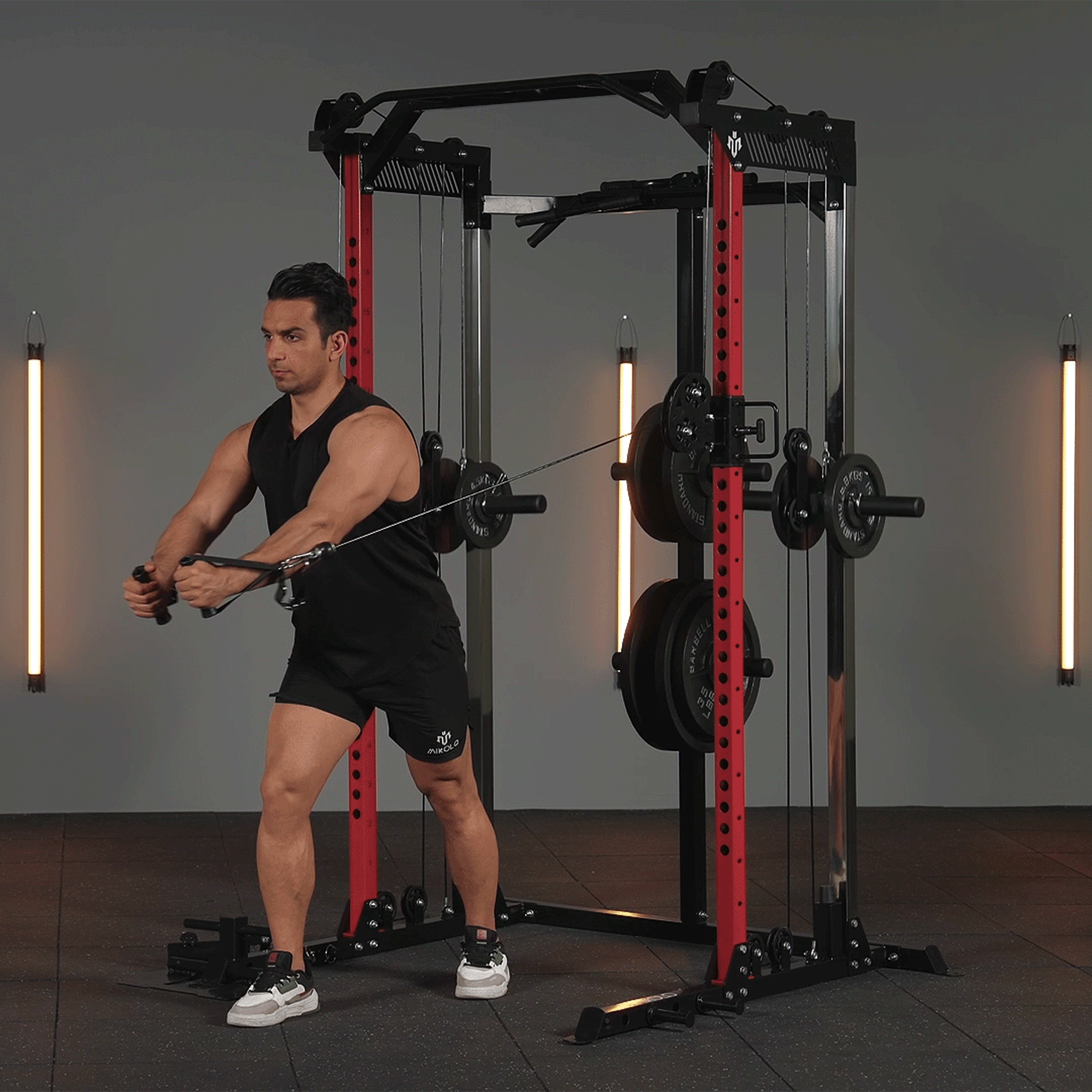









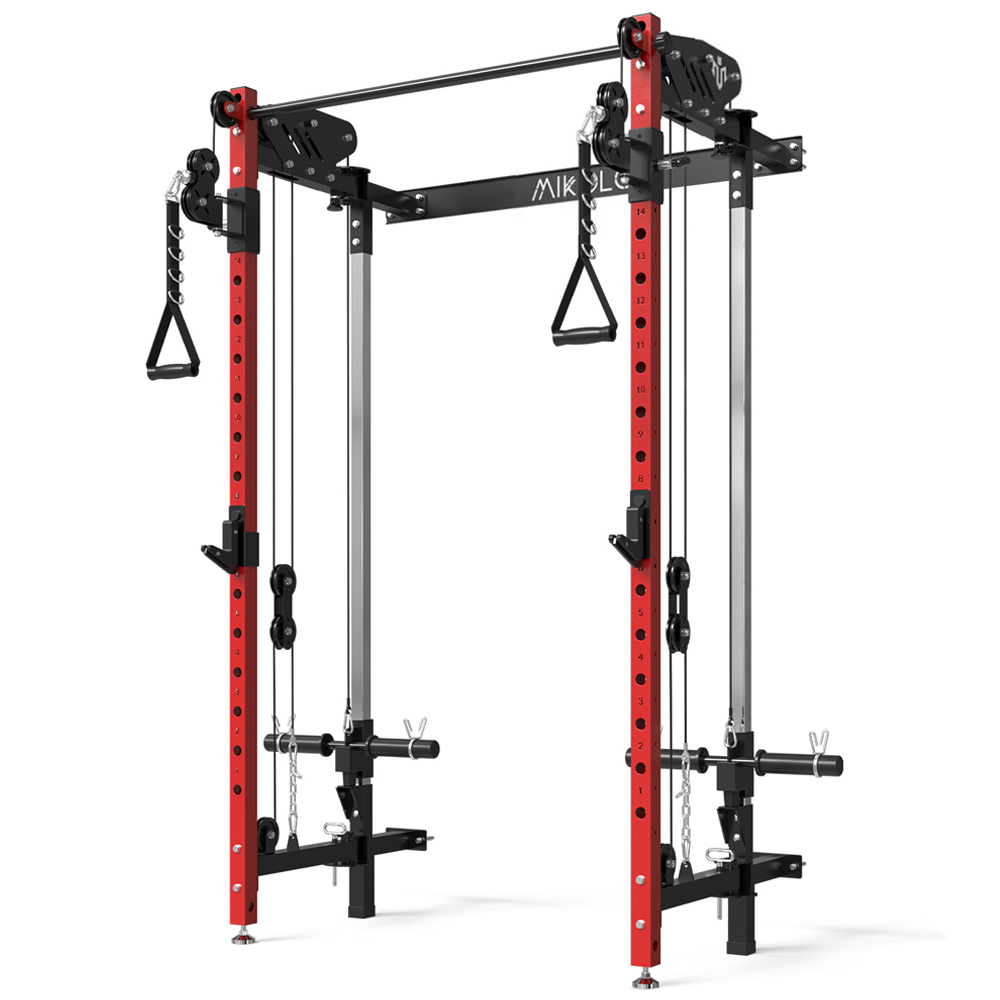
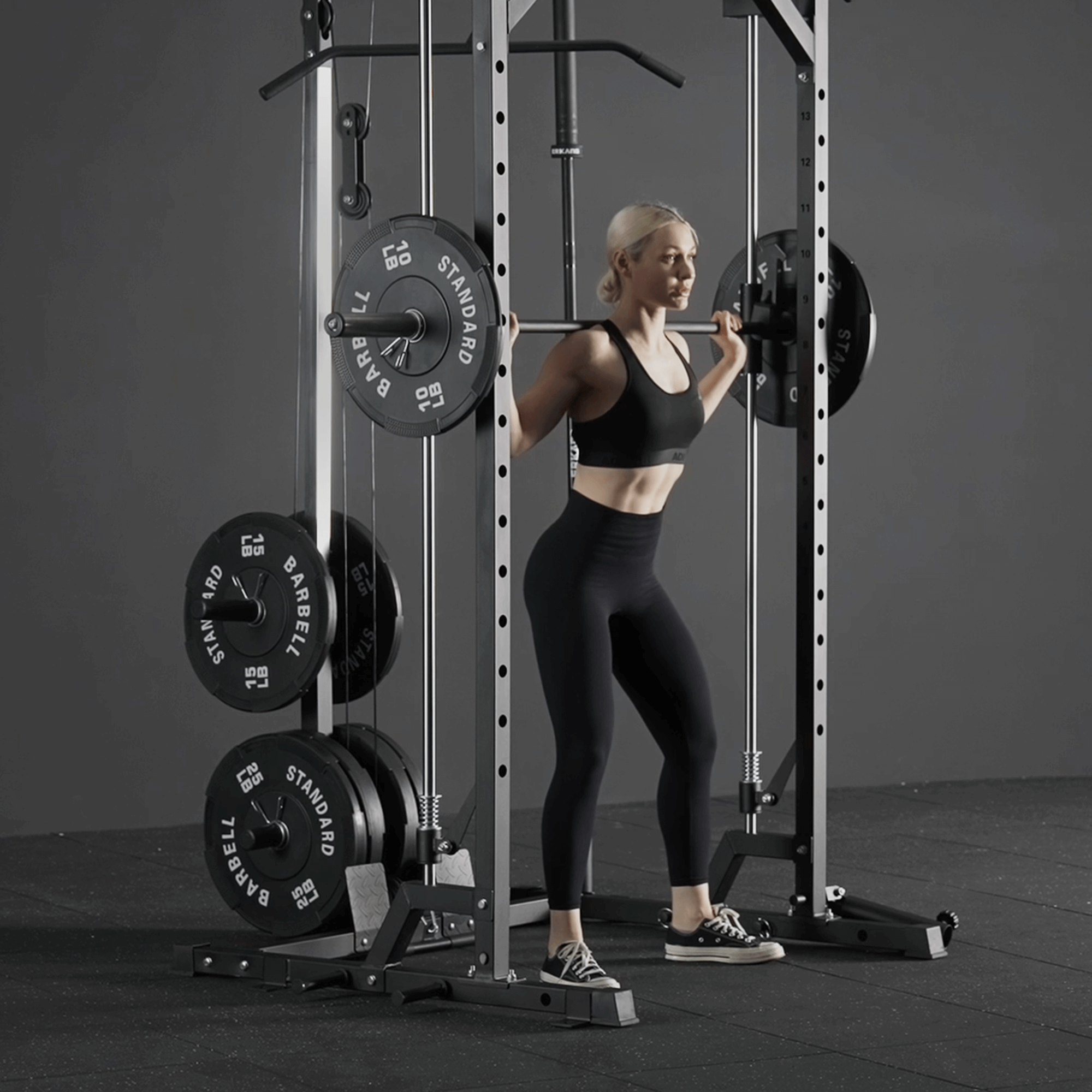





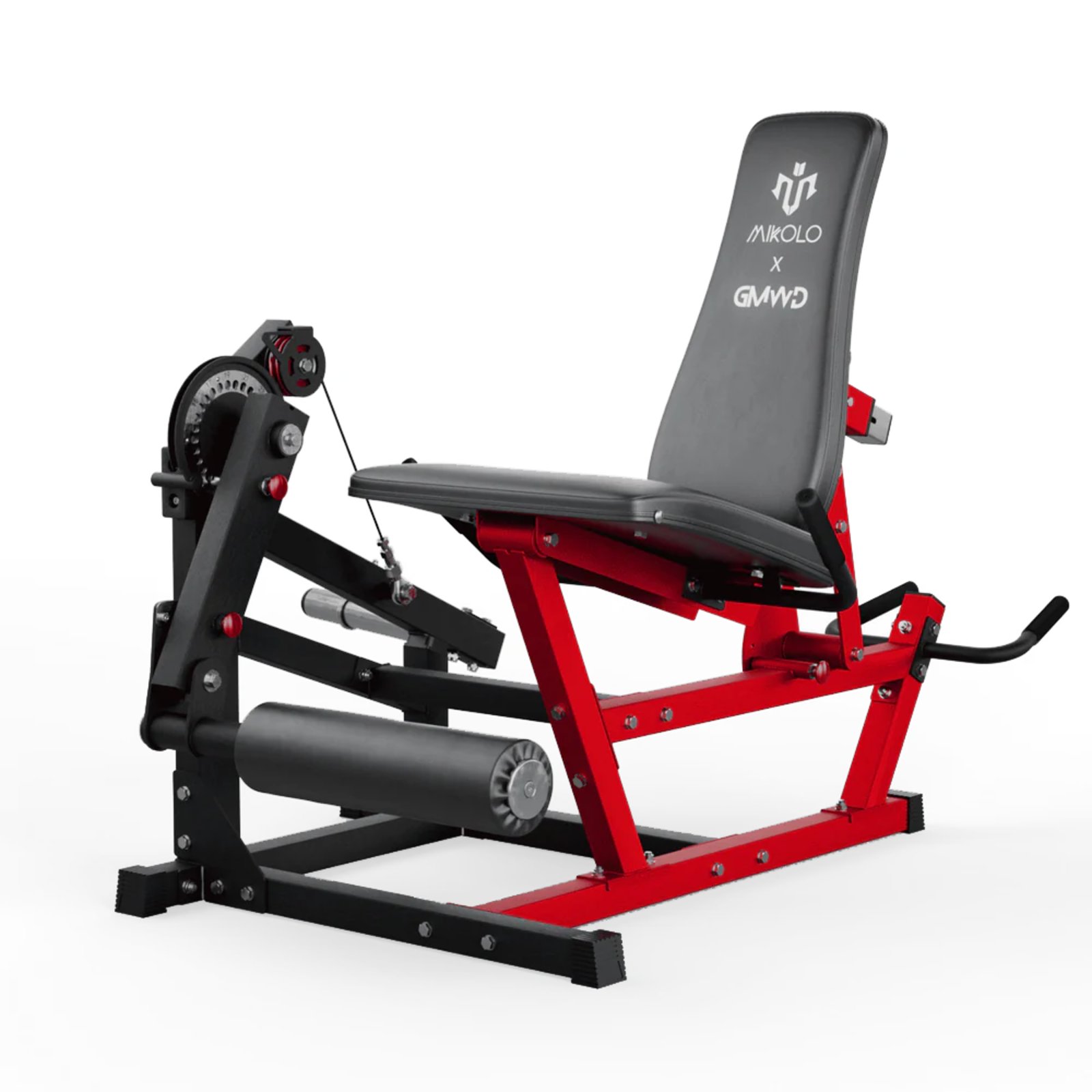
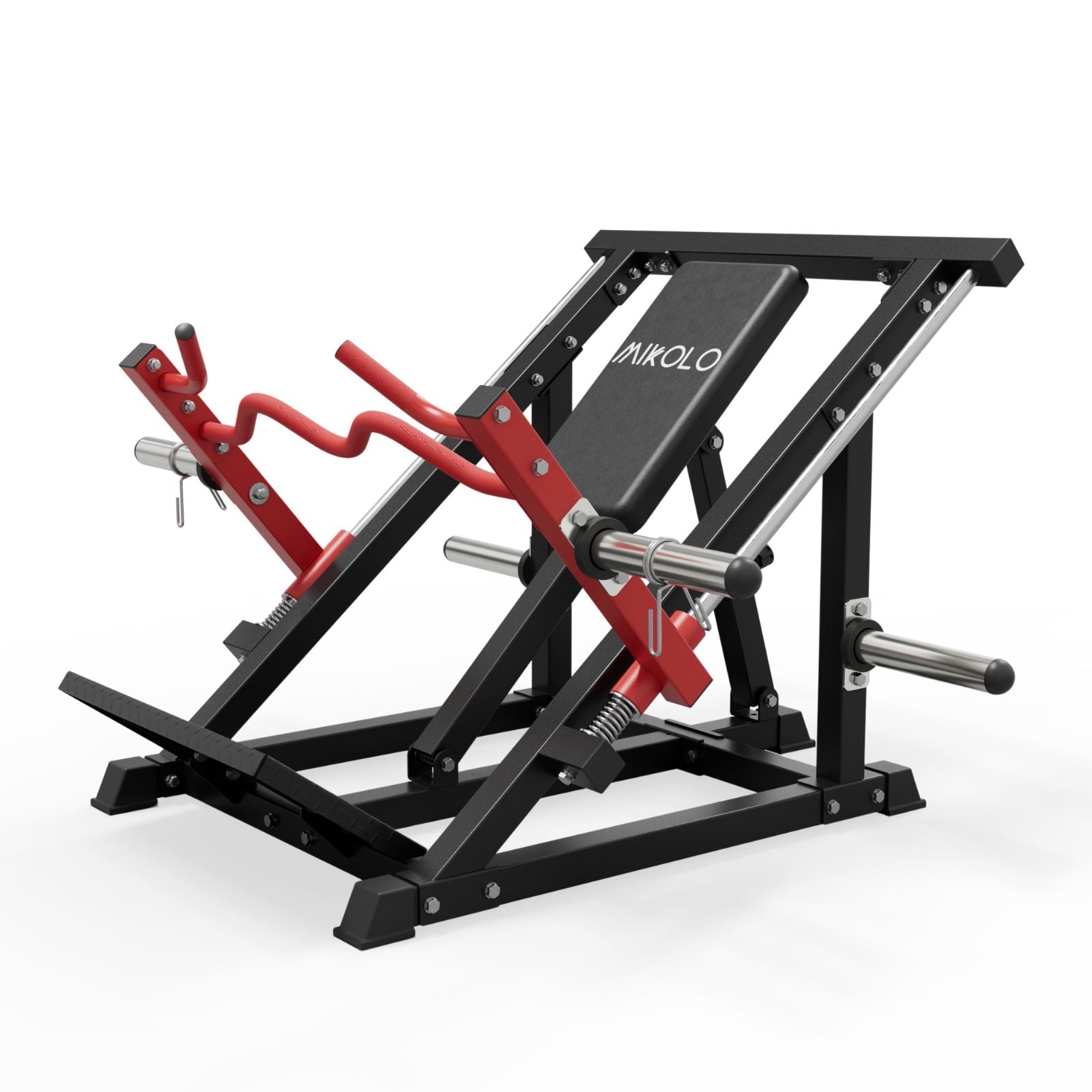
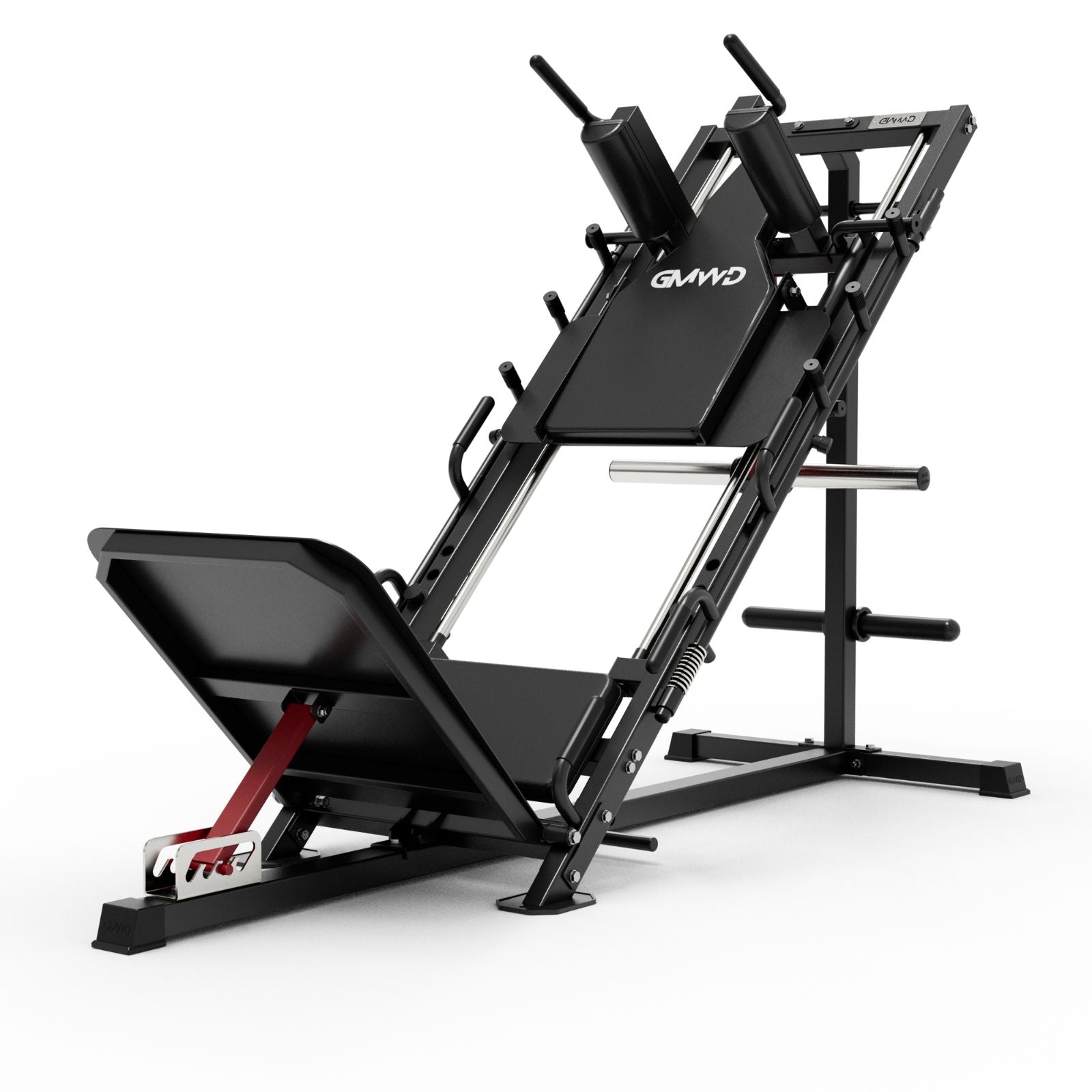
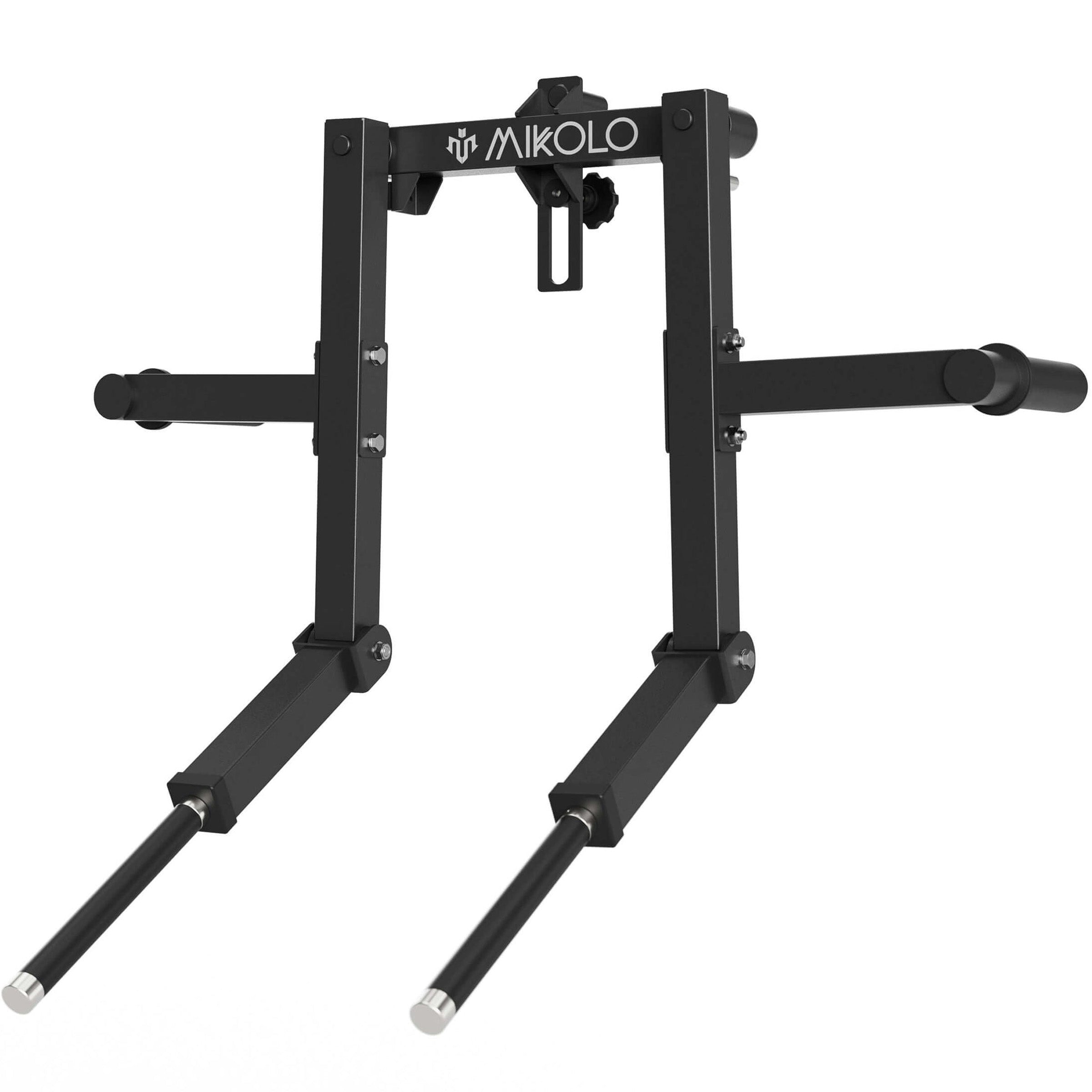




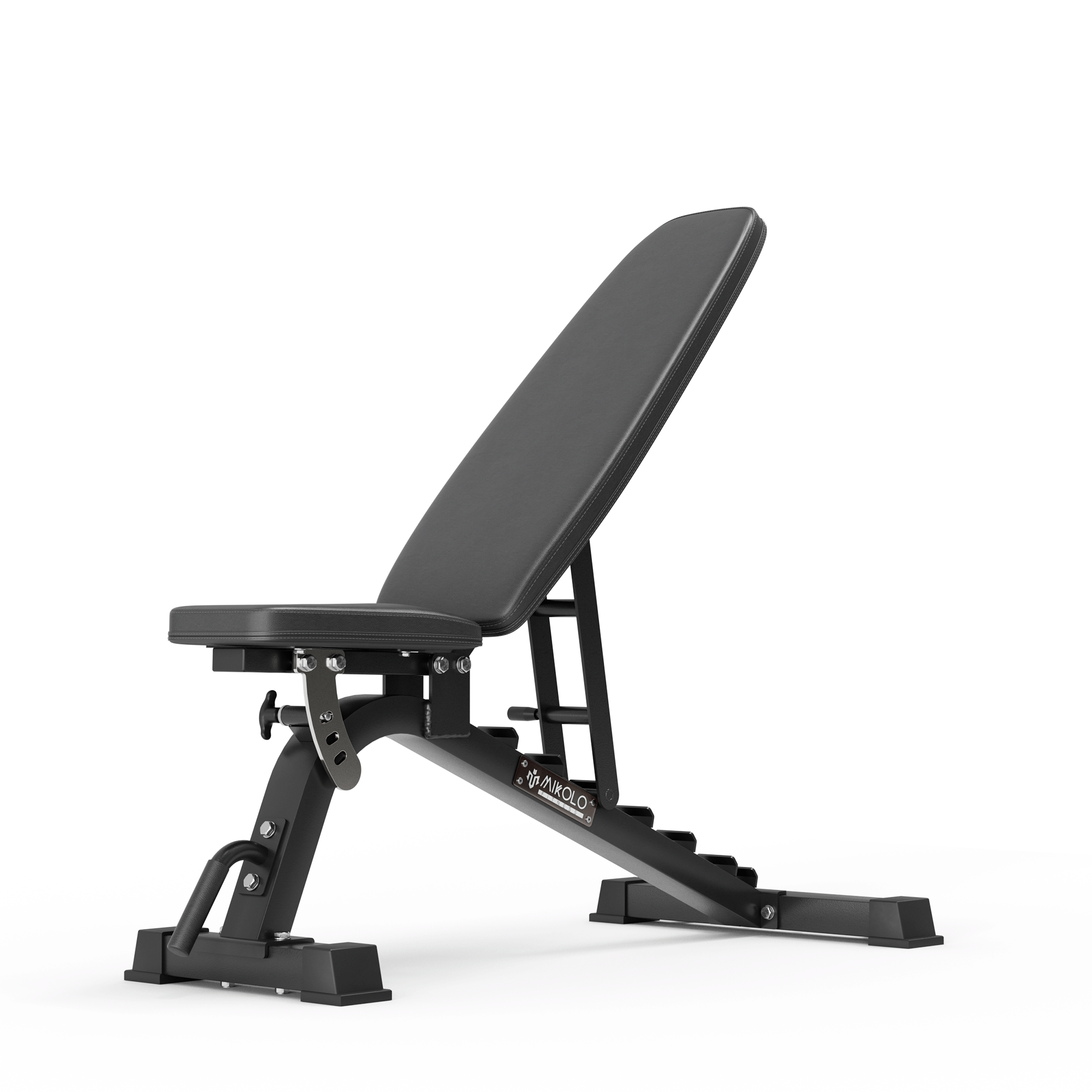











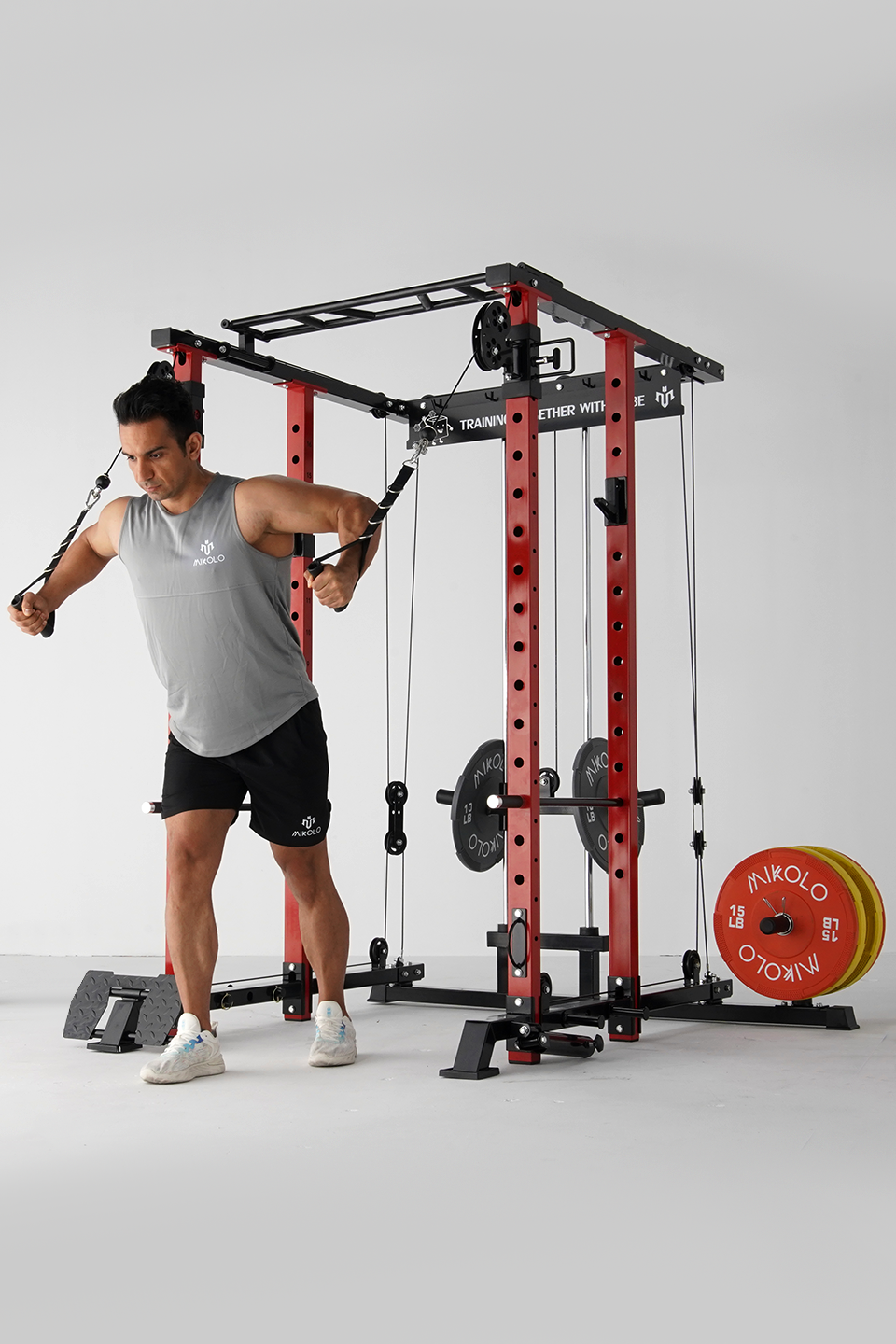



Leave a comment
This site is protected by hCaptcha and the hCaptcha Privacy Policy and Terms of Service apply.